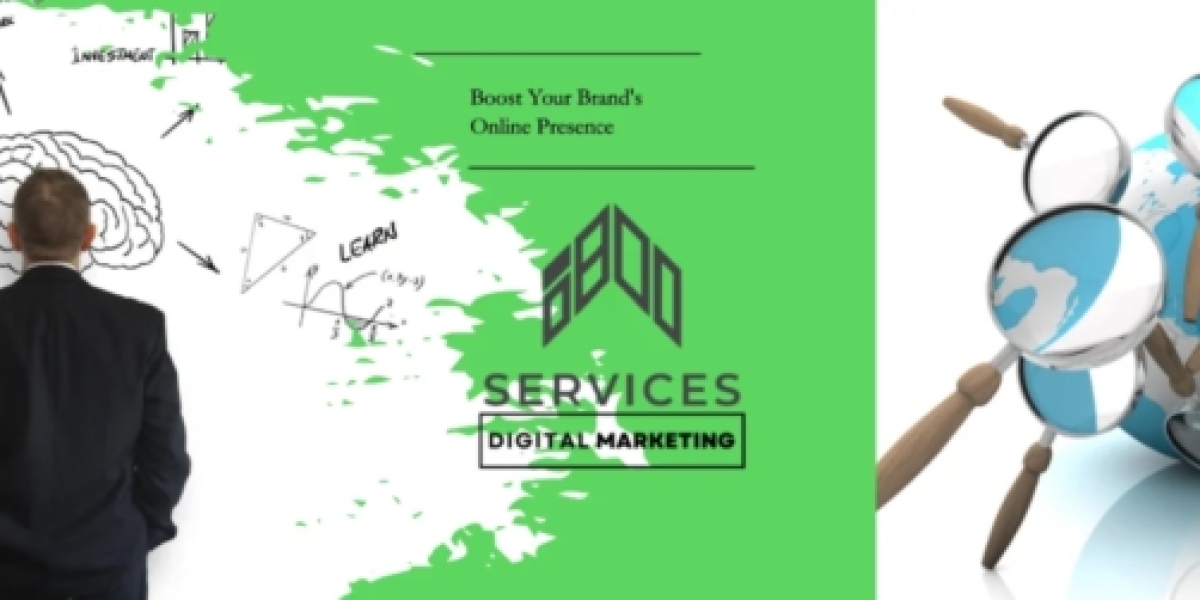In the rapidly evolving digital marketing landscape, staying ahead of the competition requires innovative approaches to engage and retain customers. Predictive analytics, an advanced form of data analysis, is poised to revolutionize customer engagement by 2025. This powerful tool leverages historical data, machine learning, and artificial intelligence to forecast future trends, behaviors, and outcomes. As we approach 2025, the integration of predictive analytics into digital marketing strategies promises unprecedented levels of personalization, efficiency, and effectiveness.
The Evolution of Predictive Analytics
Predictive analytics has come a long way from its early days of basic statistical analysis. Initially, businesses relied on descriptive analytics to understand past performance. However, the advent of machine learning and artificial intelligence has transformed predictive analytics into a robust, forward-looking tool. By 2025, predictive models will be more sophisticated, accurate, and capable of processing vast amounts of data in real-time. Key technologies driving this evolution include AI, big data, and advanced machine learning algorithms, which enable marketers to uncover deep insights and make data-driven decisions.
Predictive Analytics in Digital Marketing
Predictive analytics in digital marketing involves using data, statistical algorithms, and machine learning techniques to identify the likelihood of future outcomes based on historical data. Currently, it is used for tasks such as predicting customer behavior, optimizing marketing campaigns, and enhancing user experiences. Despite its potential, current applications are limited by data quality, integration challenges, and the need for skilled professionals. By 2025, predictive analytics will overcome these limitations, offering comprehensive solutions that can anticipate customer needs, personalize interactions, and drive conversions.
Revolutionizing Customer Engagement
Personalized Marketing Strategies
Predictive analytics will enable hyper-personalization in marketing strategies. By analyzing customer data, businesses can create highly tailored content and offers that resonate with individual preferences. Dynamic customer segmentation will allow marketers to target specific groups with precision, ensuring that marketing efforts are relevant and impactful.
Enhancing Customer Journey
Understanding and predicting customer behavior will become more sophisticated by 2025. Predictive analytics will help marketers anticipate customer needs, preferences, and behaviors, allowing for real-time adjustments in customer interactions. This will lead to a seamless and engaging customer journey, where each touchpoint is optimized to enhance the overall experience.
Improving Customer Retention
Retaining customers is as important as acquiring new ones. Predictive analytics will play a crucial role in identifying at-risk customers and developing proactive retention strategies. By analyzing patterns and signals, businesses can intervene before customers churn, offering personalized incentives and solutions to keep them engaged and satisfied.
Case Studies and Examples
Several leading companies are already leveraging predictive analytics to transform their customer engagement strategies. For instance, e-commerce giants use predictive models to recommend products based on customer behavior, resulting in increased sales and customer satisfaction. By 2025, more businesses will adopt predictive analytics, leading to success stories where companies achieve significant improvements in engagement, conversion rates, and customer loyalty compared to traditional methods.
Challenges and Considerations
Despite its potential, predictive analytics in digital marketing faces several challenges. Data privacy and ethical concerns are paramount, as businesses must ensure that customer data is used responsibly and transparently. Integrating predictive analytics into existing systems can be complex, requiring significant investments in technology and training. Ensuring data quality and accuracy is critical, as flawed data can lead to incorrect predictions and decisions. Additionally, marketers need to develop new skills to effectively leverage predictive analytics tools and techniques.
The Future of Predictive Analytics in Digital Marketing
The future of predictive analytics in digital marketing is bright, with emerging trends and technologies set to further enhance its capabilities. Advanced AI and machine learning models will provide even more accurate predictions, while the integration of IoT and real-time data will offer deeper insights into customer behavior. By 2030, predictive analytics will be an integral part of the digital marketing landscape, driving innovation and setting new standards for customer engagement.
Conclusion
Predictive analytics is on the cusp of revolutionizing customer engagement in digital marketing. By 2025, its advanced capabilities will enable businesses to create highly personalized, efficient, and effective marketing strategies. As companies embrace predictive analytics, they will unlock new opportunities for growth, customer satisfaction, and competitive advantage. The journey towards 2025 and beyond promises exciting developments, making it essential for businesses to stay informed and prepared to harness the power of predictive analytics in their digital marketing efforts.









